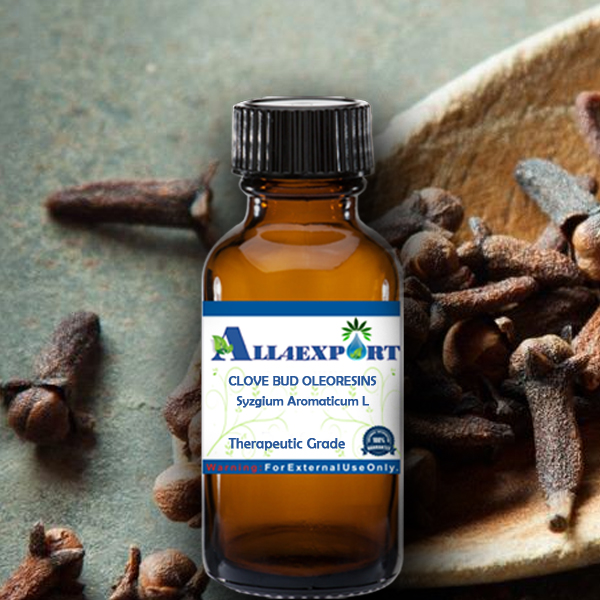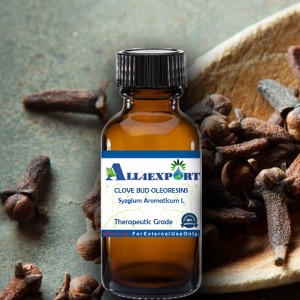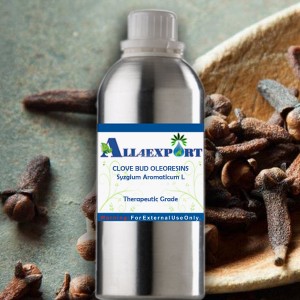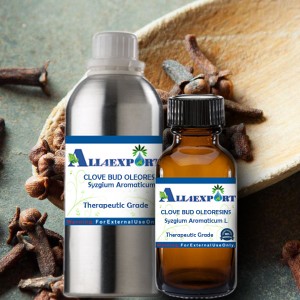| CLOVE BUD OLEORESINS |
Botanical Name | : | Syzgium Aromaticum L | Country of Origin | : | Indonesia, India, Pakistan, Sri Lanka | Solubility | : | soluble in water, insoluble in oil | Specific Gravity | : | Not Applicable | Optical Rotation | : | -2.0 – 0.0 @ 20°C | Refrective Index | : | 1.528 – 1.537 @ 20°C | Plant Part | : | Buds | Blend With | : | Basil, Cinnamon, Citronella, Grapefruit, Lavender, Lemon, Orange, Peppermint, Rosemary, and Rose. | CAS No | : | 8000-34-8 | Flash Point | : | > 100 °C | Extraction Method | : | obtained by the solvent extraction of dried buds of Syzgium aromaticum |
|
Description : Clove bud oleoresin is extracted from properly dried clove buds. Clove buds oleoresin colour is yellow to brown and aroma is bitter, spicy and hot.
|
Constituents : The main constituents of clove oil are eugenol, eugenol acetate, iso-eugenol and caryophyllene. |
Uses : Clove bud oleoresin is well known for its antiseptic properties. It has been used for skin infections, digestive upset, to dress the umbilical cord, for intestinal parasites, to ease the pain of child birth (steeped in wine) and notably for toothache. Cloves bud oleoresins has medical as well as cosmetic applications.
|
Benefit : Clove bud oleoresin is beneficial in preventing cold and flu as well as helps in energizing body and stimulates indigestion. It effectively cures many digestive problems. |
Caution Note: Oleoresin is a powerful irritant, and even in minute quantities produces an intense burning sensation when it comes in contact with the eyes and tender parts of the skin.
All of the information and opinions that are provided on this web site are for informational and educational purposes only. This information is not intended to replace medical advice given by a medical practitioner. Anyone considering alternative therapies should consult with their medical professional before using an alternative method of healing. We do not give nor is any opinion on our web site medical advice.
|



